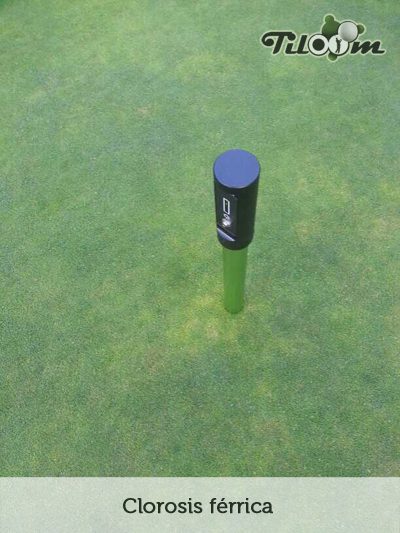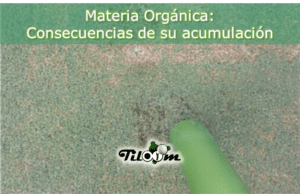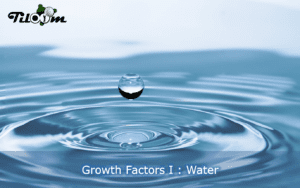This website uses cookies so that we can provide you with the best user experience possible. Cookie information is stored in your browser and performs functions such as recognising you when you return to our website and helping our team to understand which sections of the website you find most interesting and useful.
🌟 Improve your sports field with a expert audit.









4 Responses
Thank you, I found the article interesting as a refresher on soil and physiology.
Thank you for the interesting article, refreshing me on soil and physiology. With this information I will try to correct the chlorosis in one of the greens where I work.
Thank you again.
In short, it is a problem I am passionate about.
I have searched for data of this calibre for the previous hours.
Your site is over-loved.
This article gives the light in which we can observe reality.
This is very good and provides detailed clarification. Thank you very much for this good article.